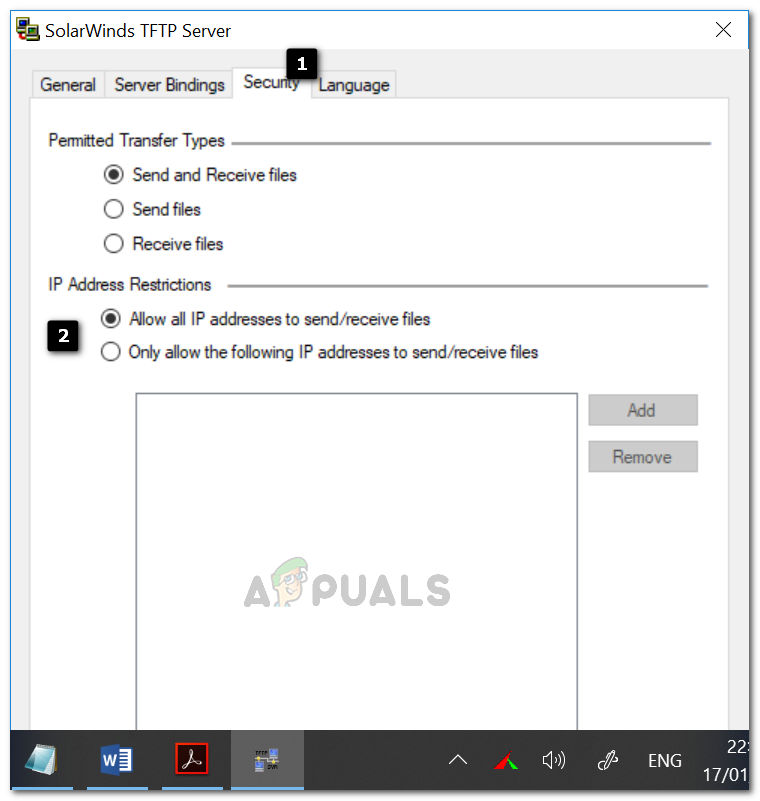

This directory is where the files will be placed. The tftp line in the nf(8) file uses the -s flag to desginate what directory to change to. Therefore, we need to move onto the next step. This directory doesn't exist by default so we need to create it. You should have noticed that the tftp line mentions something about a /tftpboot directory.

If you don't care about logging connections and transfers then don't use the -l flag. Note : Adding the l will enable logging which is good to have especially when using tftp. So that it looks like tftp dgram udp wait root /usr/libexec/tftpd tftpd -l -s /tftpboot Using your favorite editor, open up the /etc/nf(8) file and remove the comment from the following line and add a -l (letter 'el') before -s: #tftp dgram udp wait root /usr/libexec/tftpd tftpd -s /tftpboot It first appeared in 4.3BSD and it manages network services by listening on specific udp or tcp ports and then passing the connection to the appropriate network service. Inetd has been known as the "Super Server". The first thing we need to do to get a TFTP server running is edit the /etc/nf(8) file. In order to make use of the default TFTP server we need to undergo a few steps. The default tftp server is quite suitable for most file transfter tasks, such as sending and receiving configurations to/from a Cisco Router.

Setting up a TFTP ServerĭragonFlyBSD already has a TFTP server installed by default. Note: Due to the lack of authentication, the TFTP server on DragonFlyBSD allows only publicly readable files to be read and written. If you want to know more in-depth information regarding TFTP and how it works you visit the following link: TFTP, or Trival File Transfer Protocol ( "RFC 1350"), is a simple protocol used for sending and receiving files over a network without requiring an account or password on the remote system.


 0 kommentar(er)
0 kommentar(er)
